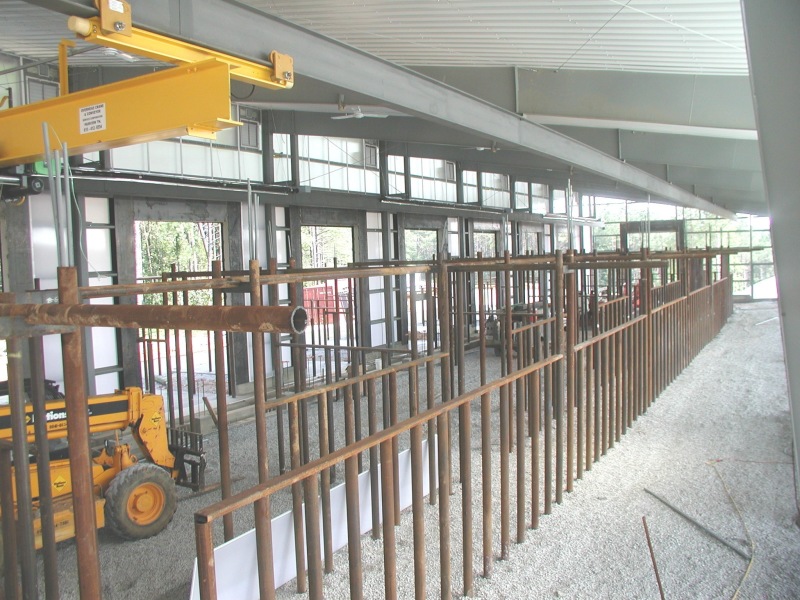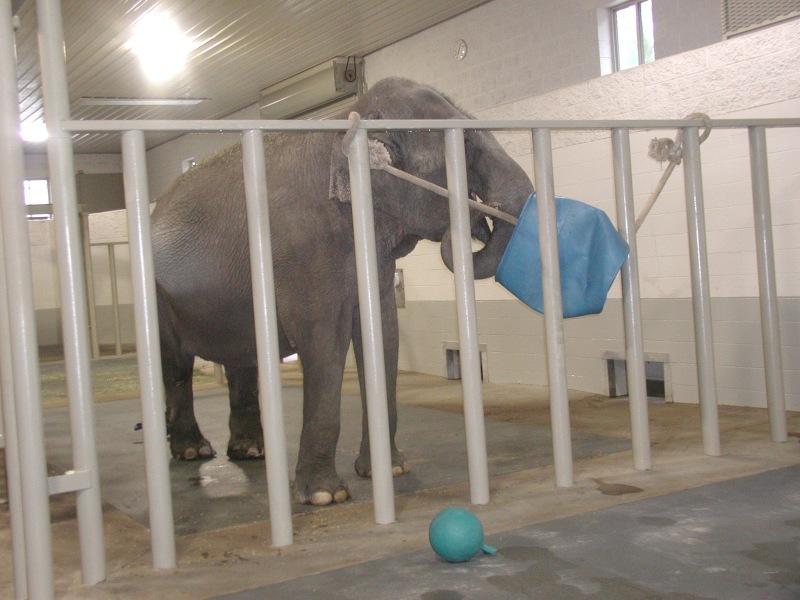Civ-StructEIT
Civil/Environmental
I have an odd question for everyone. Has anyone every designed an elephant enclosure? I currently have a project, where they asked us to re-design an elephant enclosure.
The only parameters that I have are that there are Concrete Filled Steel Posts, spaced at 10'-0" O.C., with (4EA) 3/4" diameter galvanized steel cables equally spaced along the posts.
Does anyone know of any design criteria resources to use for Elephant enclosures? I am having trouble finding any engineering resources for this one.
Thanks!
The only parameters that I have are that there are Concrete Filled Steel Posts, spaced at 10'-0" O.C., with (4EA) 3/4" diameter galvanized steel cables equally spaced along the posts.
Does anyone know of any design criteria resources to use for Elephant enclosures? I am having trouble finding any engineering resources for this one.
Thanks!

![[wavey3] [wavey3] [wavey3]](/data/assets/smilies/wavey3.gif)

